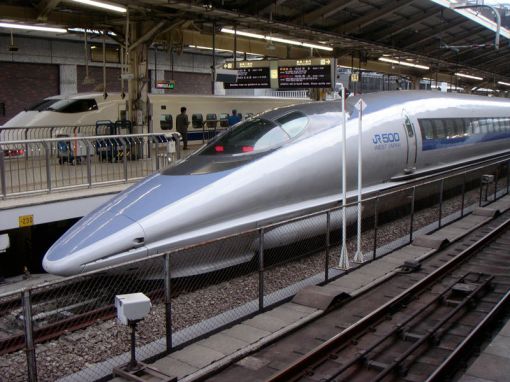The buses in Philadelphia pass across Broad Street flashing route numbers and the ubiquitous “GO PHILLIES!” but the Philadelphia Inquirer reports that a strike by the transit workers may be impending. The Transport Workers Local Union 234 – which represents the bus drivers, subway and trolley operators and mechanics – voted to strike as early as the end of the week. The workers, who have been without a contract since the spring are prepared to strike just as the World Series, featuring the Philadelphia Phillies and the New York Yankees, would begin. It would be ironic for the buses to stop flashing their cheerleading signs just as the team they support would most need the fans who ride the buses.
The impasse is over how much the workers should be paid (isn’t it always?):
Management has proposed a zero wage increase for the first two years of a new four-year contract, with 2 percent increases each in the final two years. It also wants to increase contributions to health coverage from 1 percent to 4 percent; and to freeze the level of pension benefits to members.
The union wants a wage increase of 4 percent each year, and an increase in pension contributions from $75 to $100 for every year of service.
I am no expert on collective bargaining or SEPTA’s finances, but I hope this comes to a peaceful resolution for the residents of Philadelphia who depend on their public transportation system. My personal opinion is limited to the fact that transit workers generally are compensated rather well for a job that by-and-large requires no real skills to apply for. This is not true for mechanics and sheet metal workers, but drivers and operators are usually trained on the job. Every worker deserves a living wage, but those workers also must honestly assess the finances of the businesses they work for.
Of course, as the Transport Politic has illustrated so well, if they strike, this will not be the first time SEPTA workers have done so. In fact, they have done so in 1944, 1998 and as recently as 2005. So I trust the good citizens of the city of brotherly love will cope should they need to.
SEPTA is not the only transit organization with worker issues, as VIA Rail in Canada is also engaging in contract talks with its unionized workers.



